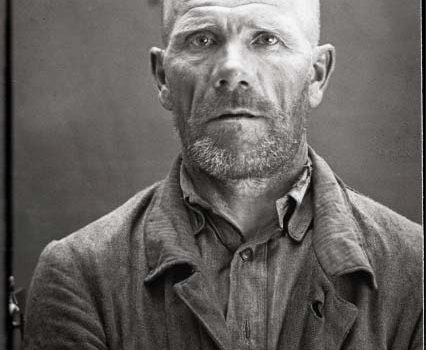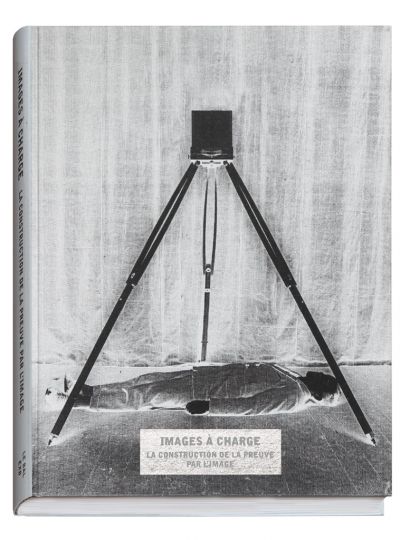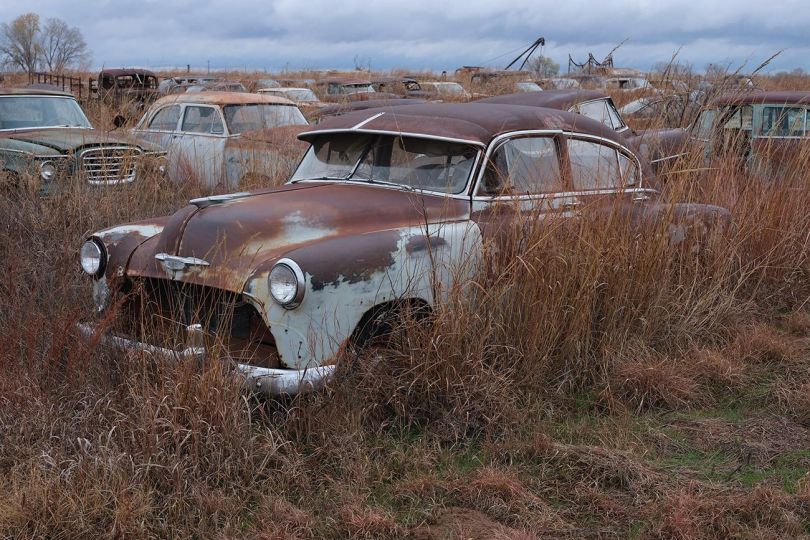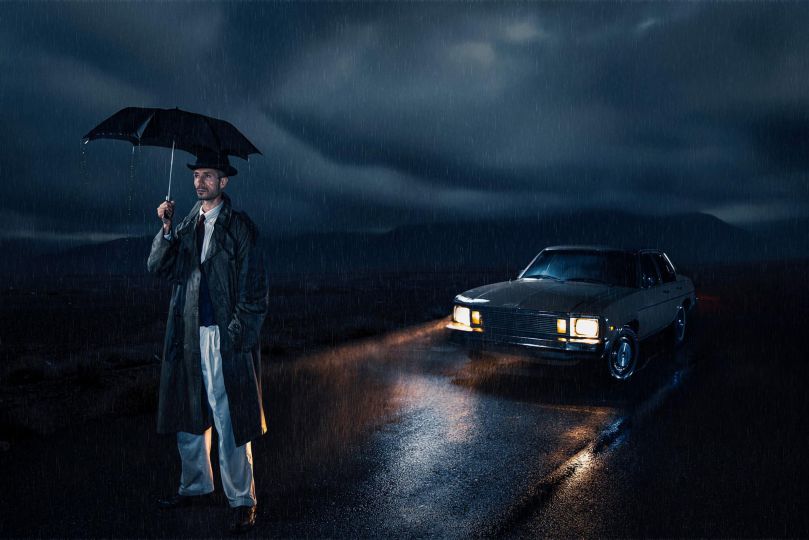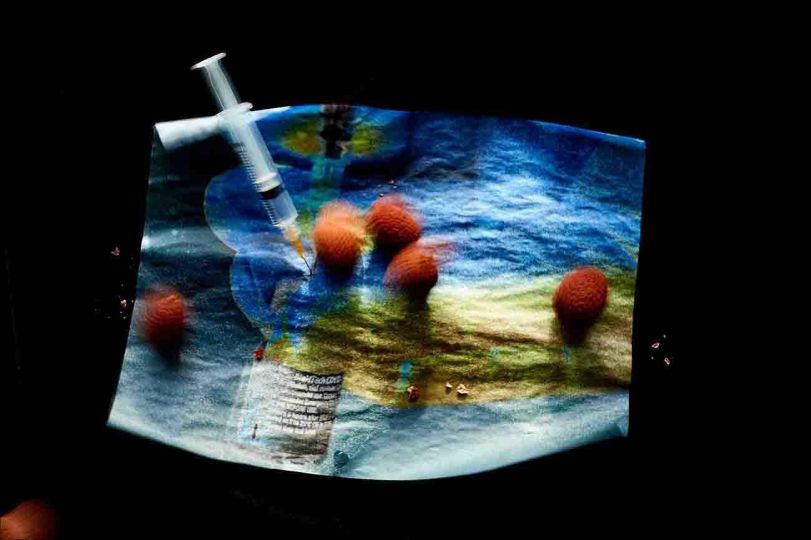A grey light filters through a quiet clearing in a softwood forest. The ground has been carefully kept clean. A few fragile shrubs with tender green leaves grow between the hoary trunks whose reddish brown wood peeks through steely gray bark. Three trees are wreathed in embroidered white stoles. The color photograph is technically flawless, frontal and untouched, like many documentary photographs today, rightly devoid of pathos. One wouldn’t be surprised to find the picture in a gallery or an art fair. Formally, it fits within the tradition of landscape, and has echoes of land art and the current trend that relies heavily on mise-en-scène. Even if the image is presented without context, it has an undeniable visual power. The organization of the shapes guides our eyes inevitably to these garments draped like bandages around the trunks, like part of a mysterious ritual, a sign that these woods are not like others.
But this image does bear a caption: Kiev Bykivnia. Buried here are the remains of between 30,000 and 100,000 victims of Soviet communism. The cemetery is the largest of its kind in Ukraine. The embroidered stoles are used in traditional and religious Ukrainian rituals.
Christian Caujolle
Read the full article on the French version of Le Journal.
La Grande Terreur en URSS 1937-1938
Tomasz Kizny, Dominique Roynette
Translate by Véronique Patte and by Agnès Wisniewski
Editions Noir sur Blanc
Format : 28 x 31,5 cm, 412 pages
ISBN 978-2-8825-0303-9
Prix: 40 Euros
Photographs from La Grande Terreur will be exhibited from May 8th 2013 in part of Images Singulières festival to Sète.

